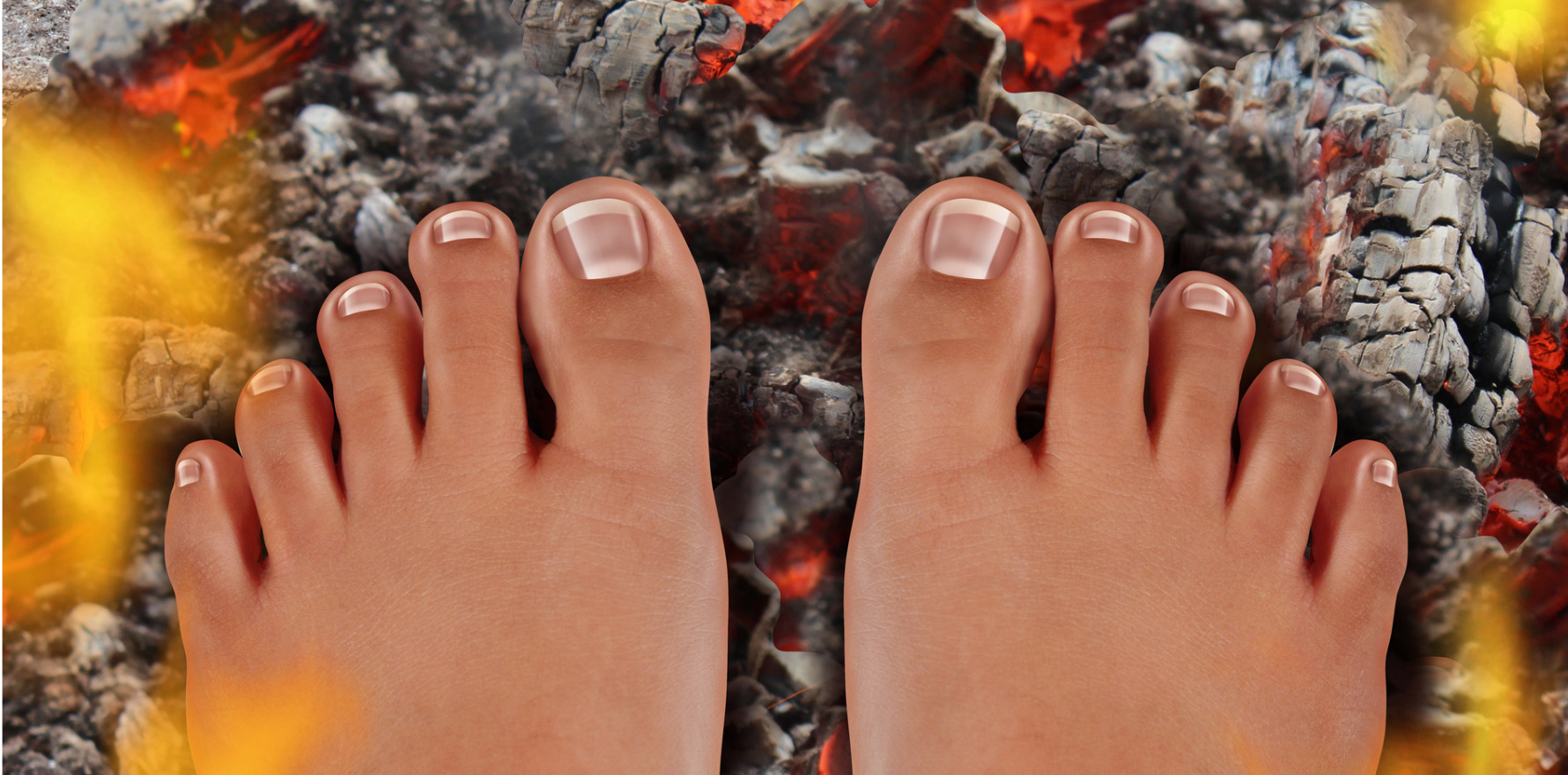Once it’s there, it's very hard to treat and takes a huge toll on quality of life.
Three out of four patients with distal symmetric polyneuropathy could be going undiagnosed, at least in low-SES areas, according to a US study.
The study from Flint, Michigan – a socioeconomically disadvantaged city – involved 169 people attending a local clinic for routine visits. Researchers found that neuropathy was present in 73% of the study population, and three-quarters were undiagnosed before the study. Pain was a problem in 57% of participants with neuropathy.
“Severe pain was reported by nearly half of participants with DSP,” the authors write.
Just over half the participants in the study were women (55%), the mean age was 58 years, 75% were black, and 80% saw their primary care provider at least every four months.
Fifty-six percent of the study population had diabetes or prediabetes. Diabetes was present in 63% of those with neuropathy.
Meanwhile 68% met the criteria for metabolic syndrome; that is, they had three or more of the following risk factors: high blood glucose, low levels of HDL, high levels of triglycerides, large waist circumference and high blood pressure. Of the patients with neuropathy, 74% had metabolic syndrome.
The risk of neuropathy was 4.4 times higher for those with metabolic syndrome and 10% higher for those aged 60 years or older. There was no association with income or ethnicity.
“Metabolic syndrome is a highly prevalent, modifiable risk factor in this population that should be managed to lower DSP prevalence,” the paper says.
Dr Gary Deed, chair of the RACGP Diabetes Specific Interests Committee, told Oncology Republic that metabolic syndrome patients were at risk, but at a lower level than those with already-diagnosed type 2 diabetes.
“The issue is that until symptoms develop it is hard to prevent, other than by addressing cardiometabolic risks such as ceasing smoking, weight management and addressing adequate diet and moderating alcohol,” he said.
Peripheral neuropathy greatly affected patients’ quality of life, with over half reporting sleeping problems, trouble holding small objects, doing housework and normal social activities. Almost half avoided being out in public and 37% said they frequently had to explain to others how their activity was limited.
Diabetic neuropathy is common, occurring in around 20% of patients, and is an indicator for future amputation, Associate Professor Ralph Audehm, a Melbourne general practitioner with a special interest in diabetes, told OR.
He said prevention was crucial because treatment was difficult.
“This study reminds us that we need to be specifically checking for peripheral neuropathy on a regular basis,” Professor Audehm said.
“The pain of peripheral neuropathy can be dreadful. And the medications that we use are often sedating and potent. So it can be very difficult in older people because it increases their risk of falls, makes them a bit more confused. It’s actually quite hard to treat.”
In the research population, 39% of those with a previous neuropathy diagnosis with ongoing pain were taking gabapentin or pregabalin, 34% were taking opioids, and 8% were taking a tricyclic antidepressant without a diagnosis of anxiety, depression or migraine. Of those without a prior neuropathy diagnosis but who were experiencing pain, 18% were taking gabapentin or pregabalin, 2% were taking a tricyclic antidepressant and 18% were taking opioids, mostly for back or joint pain.
“The opiates don’t tend to work as well,” said Professor Audehm. “So we often end up using things like pregabalin and gabapentin, sometimes amitriptyline. Of course, they all have side effects, so in our older population group they can be quite hazardous.
“Prevention is the best of the lot. If we can keep people well controlled with their diabetes, their A1c target, that reduces the risk of progressing on to peripheral neuropathy. We need to proactively screen for it at least six-monthly, and you’d want people to check their feet every day, to have a look at their feet before they go to bed at night to make sure everything’s okay, and report to the doctor if they see anything unusual or different.
“For those that do have it, it’s important to make sure that they’re seeing a podiatrist who has experience in managing diabetic feet.”
Professor Audehm said geography played a huge role, with a tenfold difference in rates of lower limb amputation associated with diabetes depending on where a patient lived.
Dr Deed agreed that the social determinants of health created clusters of high-risk patients and that rural and remote patients were at risk of underdetection.
“Feet are often overlooked in the huge tide of other assessments needed to manage diabetes,” Dr Deed said. “Better recall system management and utilisation of primary care staff may assist.”
The successes seen in management of diabetes and neuropathy prevention in First Nations peoples could be attributed to having Aboriginal health workers, and nurse practitioners and practice nurses setting up recall processes and regular foot assessment in clinics, he suggested.


